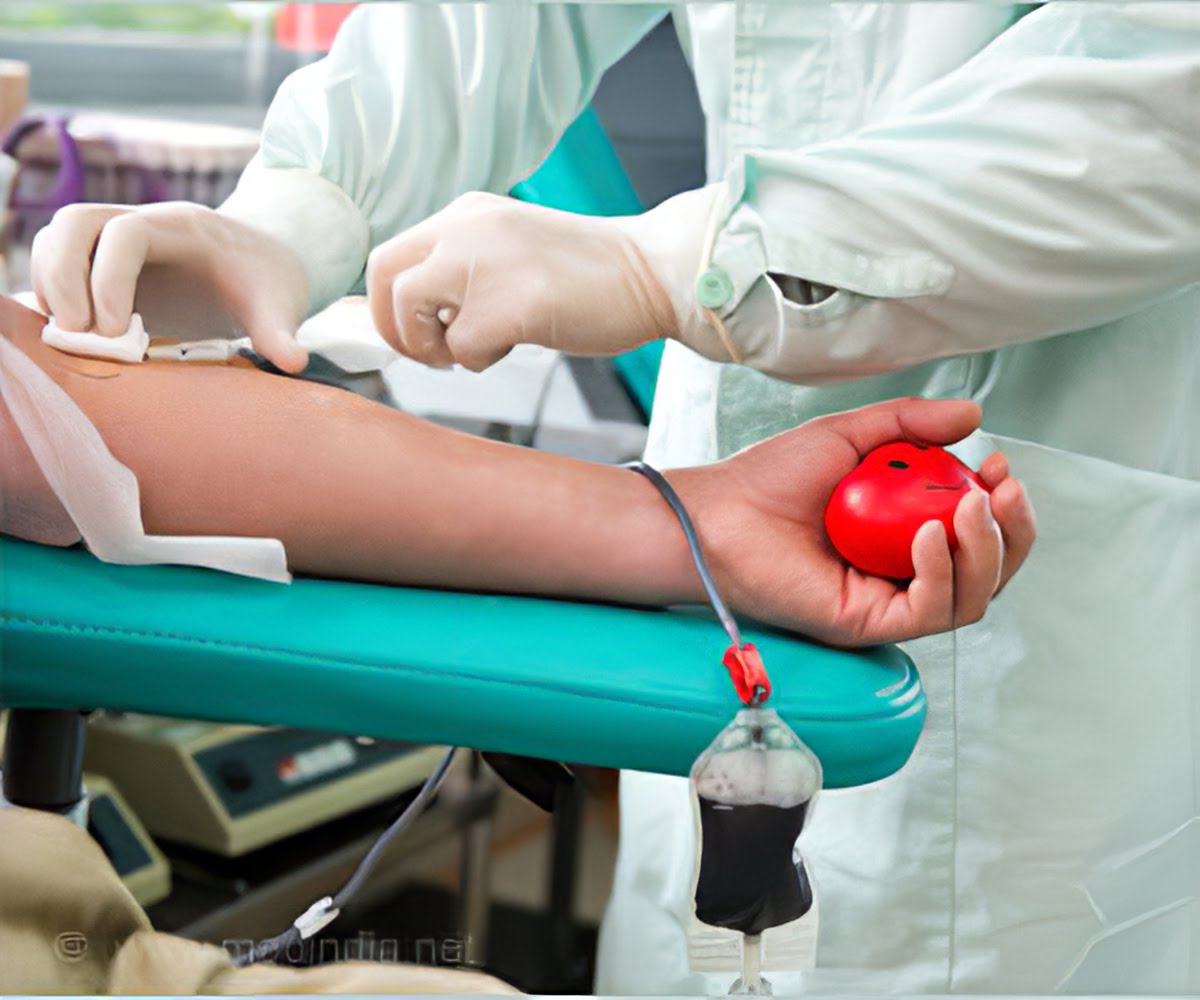Before the discovery of blood types in 1901, people were receiving blood transfusions regardless of blood type. These transfusions were the cause of many deaths due to the incompatibilities. We have come a long way since 1901. Research and understanding of blood type compatibility safeguards patients today against adverse reactions.
- O negative is the most common blood type used for transfusions when the blood type is unknown. This is why it is used most often in cases of trauma, emergency, surgery and any situation where blood type is unknown. O negative is the universal blood type.
- O negative blood type can only receive O negative blood.
- O negative donors who are CMV negative are known as Heroes for Babies at the Red Cross because it is the safest blood for transfusions for immune deficient newborns. Learn more about how you can be a Hero for a Baby.
- Only 7% of the population have O negative blood. Due to the its versatility for transfusions, it is in high demand. In an emergency, it is the blood product of choice. For example, just one car accident victim can require up to 100 units of O neg. Meeting the demand for O negative blood is always a priority for the Red Cross.
- O negative is the first blood supply to run out during a shortage due to its universality.





